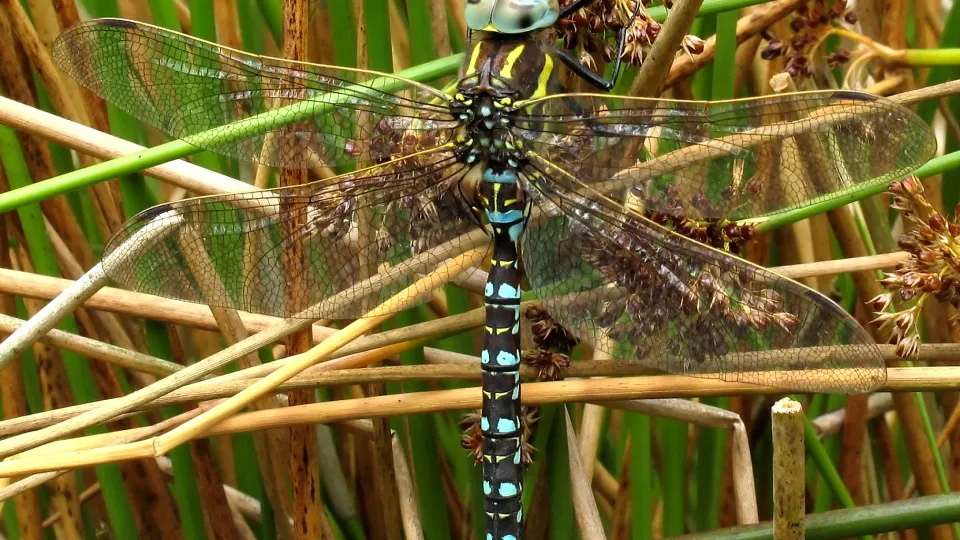
Common Hawker
A large hawker, the Common Hawker can be seen throughout the summer and into autumn. A fast-flying insect, it catches its prey mid-air. Look for it around ponds in the uplands of the north and west.

A large hawker, the Common Hawker can be seen throughout the summer and into autumn. A fast-flying insect, it catches its prey mid-air. Look for it around ponds in the uplands of the north and west.
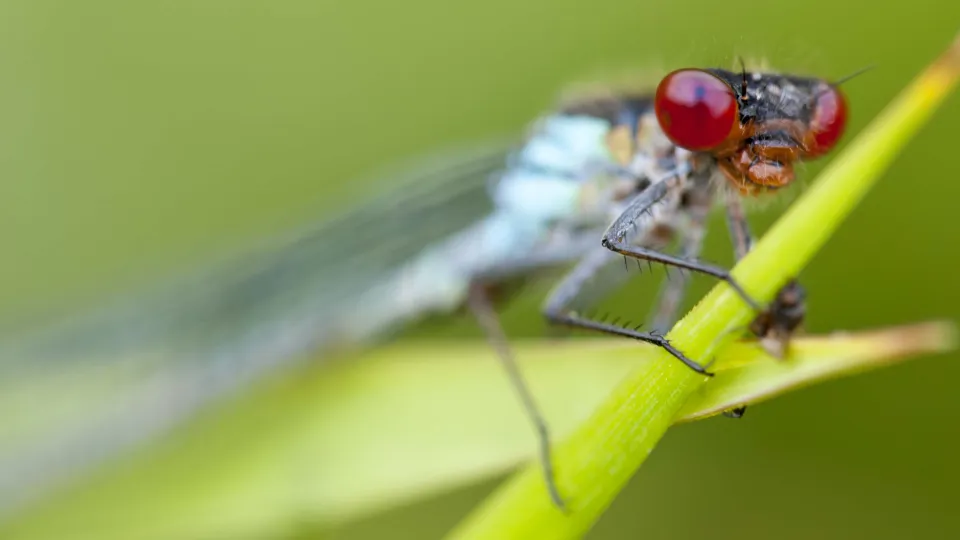
The Red-eyed damselfly is a small, but robust, damselfly of canals, ponds, lakes and slow-flowing rivers. As its name suggests, it has bright blood-red eyes, but a mostly black body.
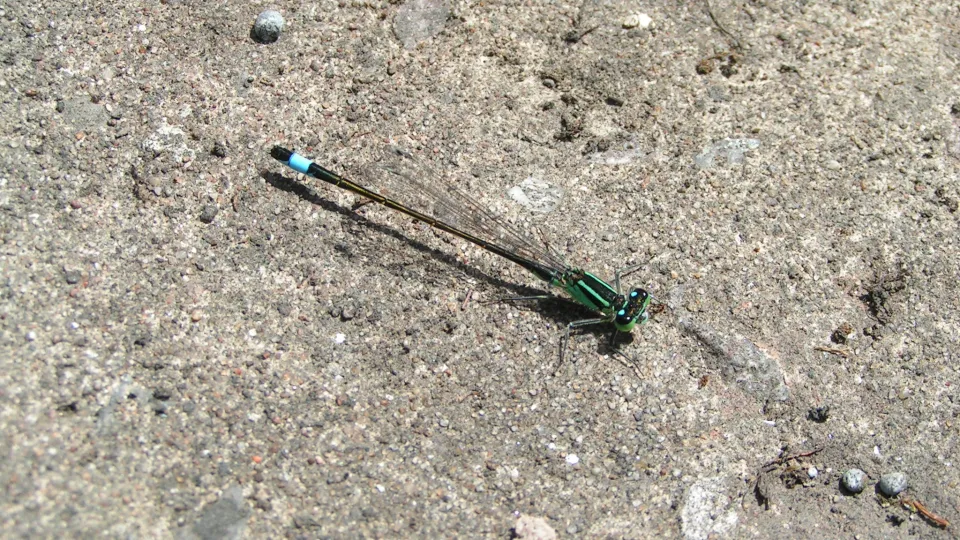
The Blue-tailed damselfly does, indeed, have a blue tail. It is one of our most common species and frequents gardens - try digging a wildlife pond to attract dragonflies and damselflies.
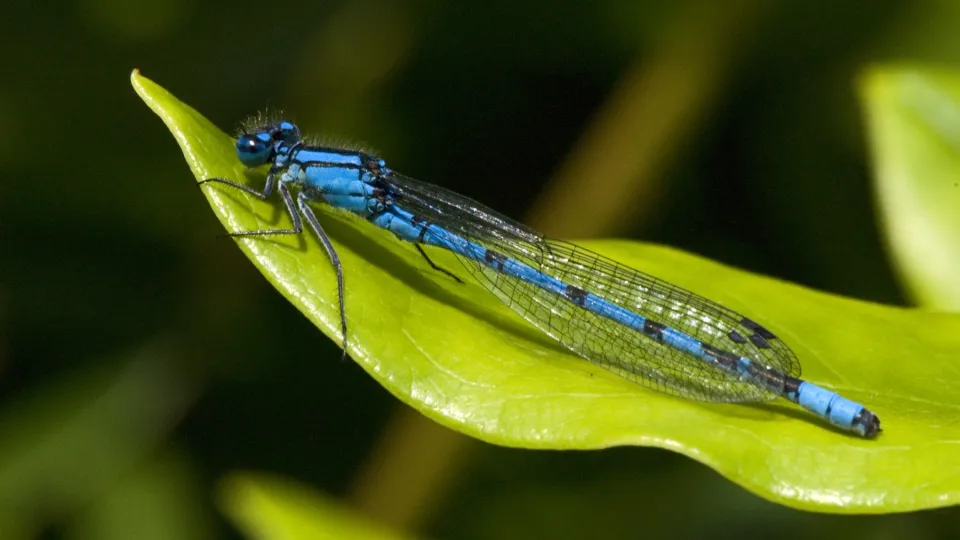
Living up to its name the Common blue damselfly is both very common and very blue. It regularly visits gardens - try digging a wildlife-friendly pond to attract damselflies and dragonflies.
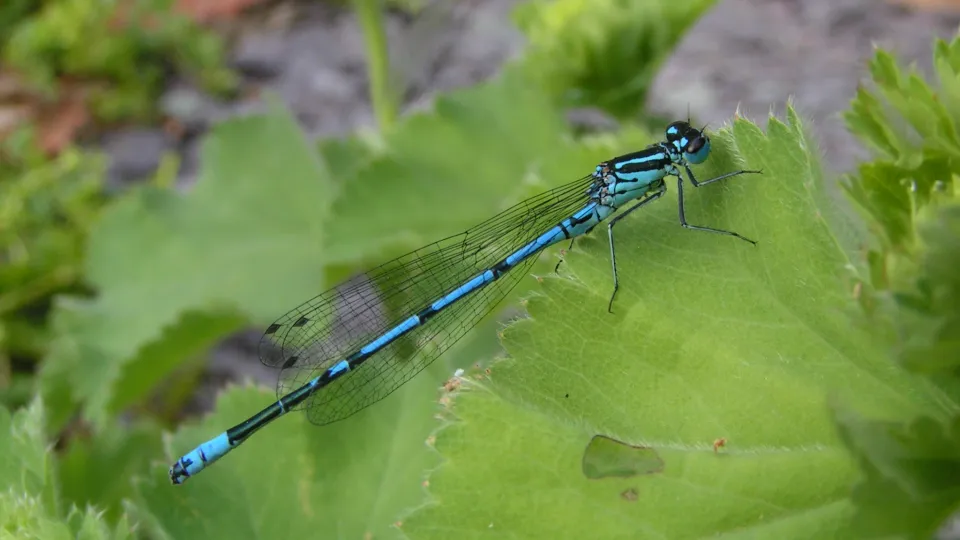
The Azure damselfly is a pale blue, small damselfly that is commonly found around most waterbodies from May to September. Try digging a wildlife pond in your garden to attract damselflies and dragonflies.
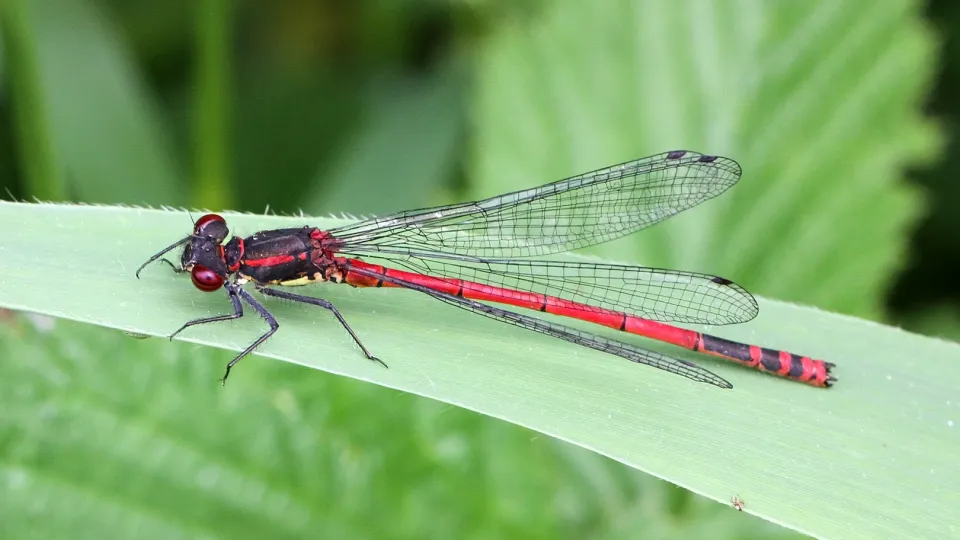
If you have a garden pond, look out for the Large red damselfly resting at the water's edge. As the name suggests, males are bright red with a black thorax, but females may be almost entirely black.
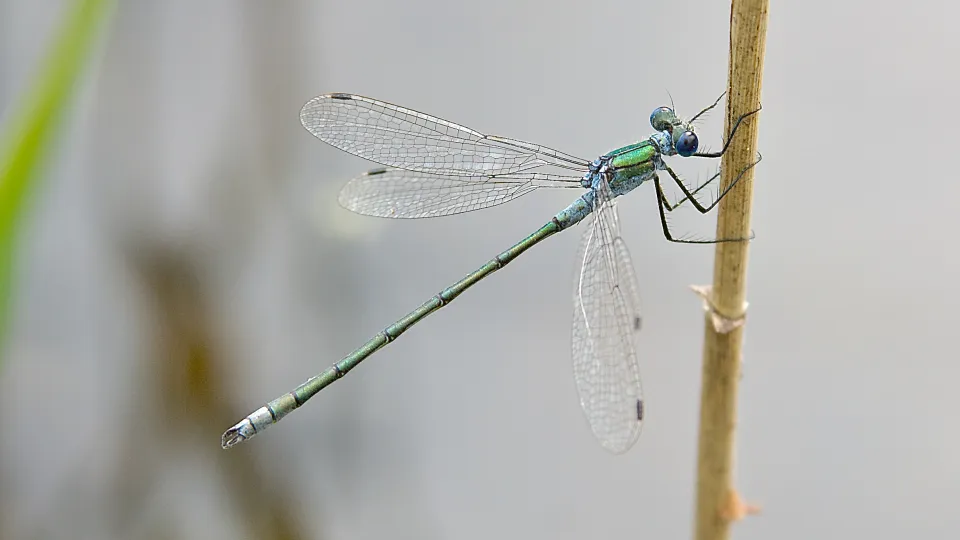
The metallic-green Emerald damselfly can be seen from June to September around ponds, lakes, ditches and canals. Unlike other damselflies, it holds its wings half-open when perched.
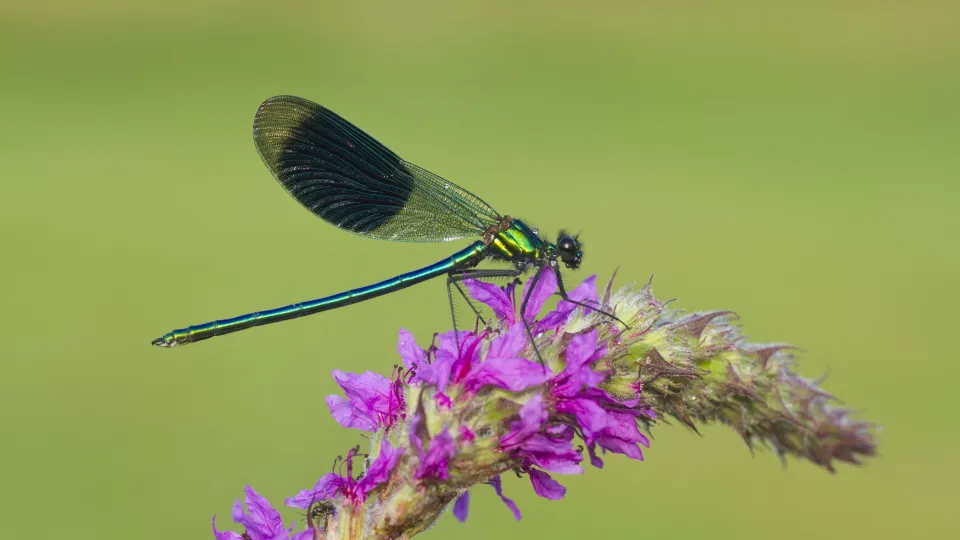
The Banded demoiselle can be seen flitting around slow-moving rivers, ponds and lakes. The males are metallic blue, with a distinctive dark band across their wings, and the females are a shiny green.
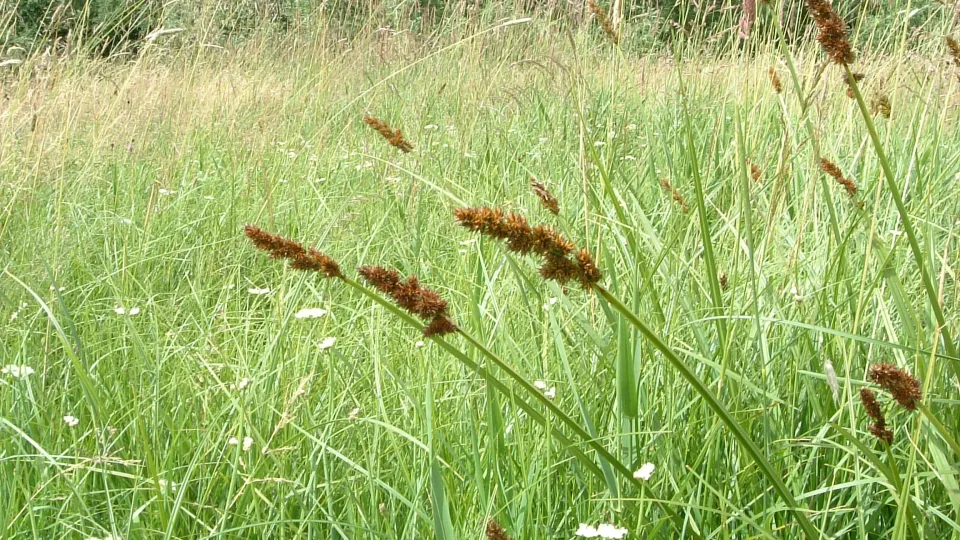
The true fox-sedge is a rare and threatened plant in the UK. It relies on lowland floodplain meadows and damp habitats, which are rapidly disappearing. Look for reddish-brown flowers in summer.
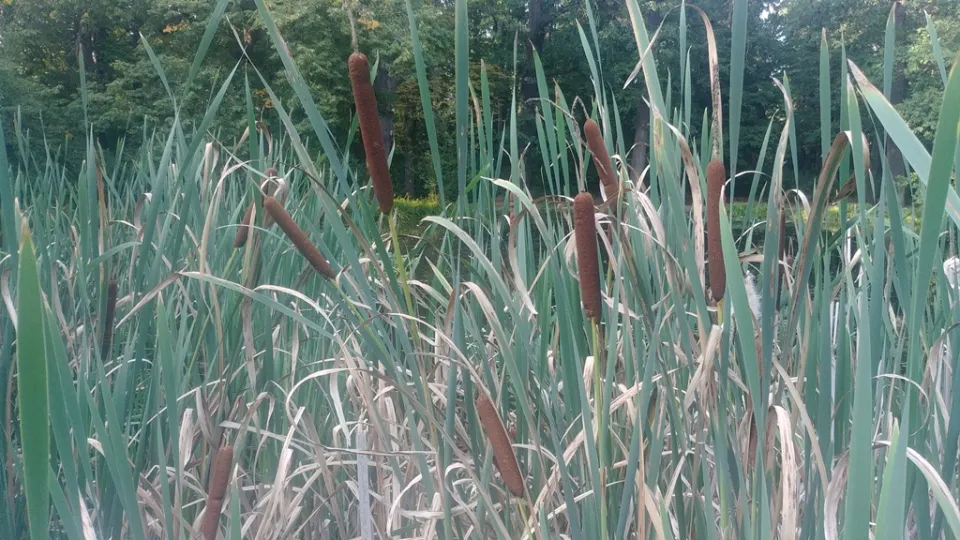
Great reedmace is familiar to many of us as the archetypal 'bulrush'. Look for its tall stems, sausage-like, brown flower heads and green, flat leaves at the water's edge in our wetland habitats.